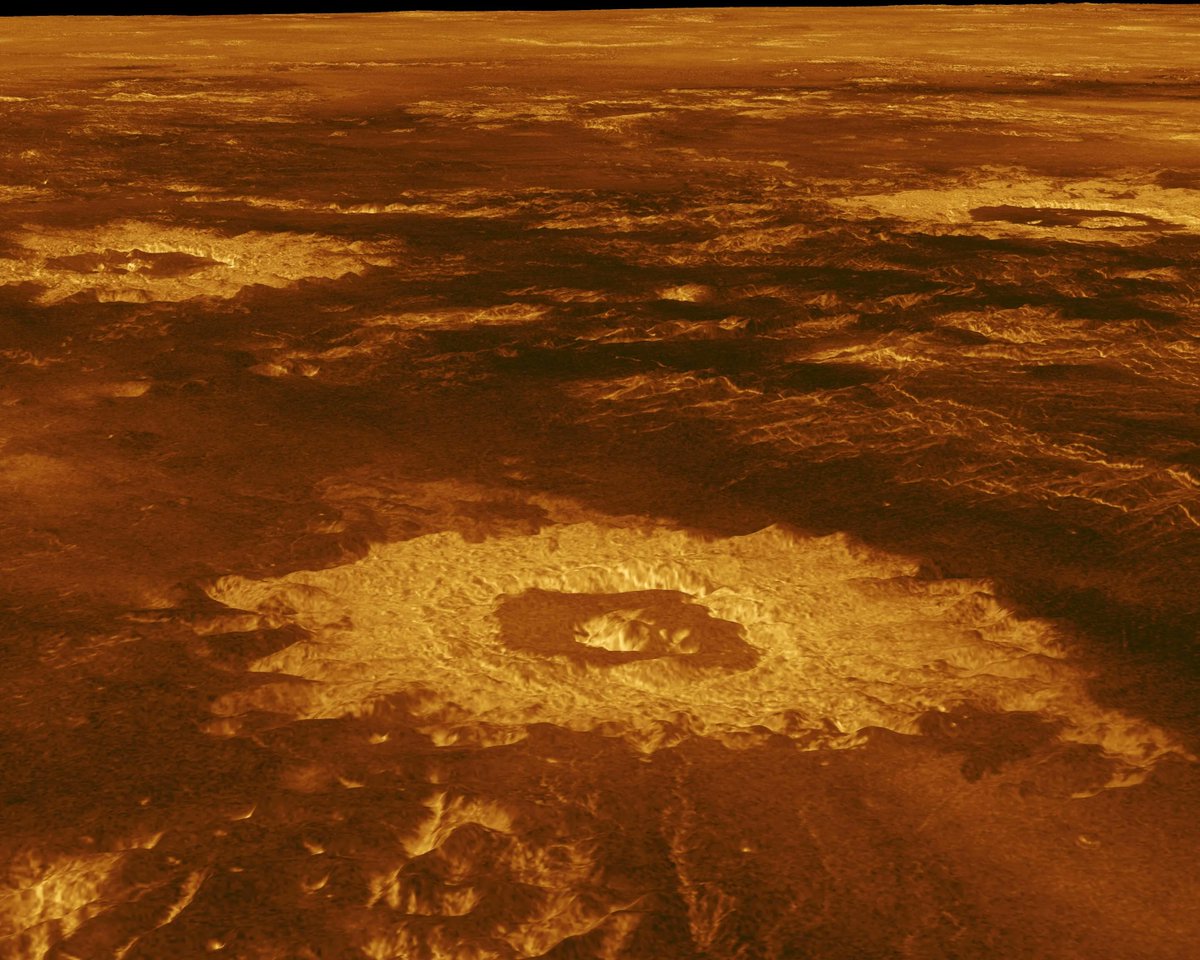Venus is a difficult place to explore. Only a few missions have ever made it to the surface, in no small part because of how difficult it is to traverse the planet’s atmosphere. That difficulty was confirmed recently by a team led researchers at the University of Lisbon, who found that the upper part of Venus’ atmosphere suffers from hurricane-force winds of up to 360 kilometers per hour.
What’s even more impressive – that speed is 150 kilometers per hour more than the lower level atmosphere. Dr. Pedro Machado and his team posit that the difference in wind speed may be directly tied to the heat engine on Venus’ surface, which usually sits at a roasting 460 degrees Celsius.

Credit – Pedro Machado, et al.
All that energy can contribute to wind speed, but the wind speed doesn’t get that high at lower altitudes and lower and higher latitudes. Differentiating these speeds was one of the unique parts of this study.
To do so, the researchers utilized data collected by two different instruments – the Telescopio Nazionale Galileo (TNG) and the Venus Express probe. The data was collected back in July 2012, when the TNG looked at the wind speeds of the lower decks of the atmosphere on the night side of Venus in infrared from Earth, while Venus Express took a look at the upper cloud deck on the daylight side as it was orbiting the planet.

Credit – Pedro Machado et al.
This wasn’t the first time the wind speed of the lower cloud deck had been studied, and from previous observations and computer models, the researchers knew that the speed would be the same day or night. So, combining that knowledge with the direct measurements from TNG and Venus Express, they found the vast difference in wind speeds at different altitudes.
Those differences will play into the design of the next generation of Venus explorers, which we’ve reported on several times. Of particular interest to the team is EnVision, which will contain an infrared spectrograph tuned to specific wavelengths based on the atmospheric conditions being studied now.
Before EnVision launches, though, there are still more opportunities to learn about Venus’ atmosphere. This would include a collaboration between an Earth-based telescope and Akatsuki, a JAXA probe currently orbiting Venus. Updated information could not only provide more insight into whatever difficulty a future Venus lander might face but also help inform the design decisions of the craft that will stay well out of the way of any atmospheric hurricanes.
Learn More:
University of Lisbon – Exploring the secret of Venus that may be hidden in the heat of the night
UT – Winds on Venus
Space.com – Mystery on Venus: ‘Super-Hurricane’ Force Winds Inexplicably Get Stronger
Lead Image:
Surface of Venus, as seen by Magellan.
Credit – NASA / JPL

